Wonderful Places in Iran to Visit + Photos
Iran is an enchanting land, rich in ancient heritage, breathtaking landscapes, and architectural masterpieces that have stood the test of time. Whether you’re a history buff, a nature lover, or an architecture enthusiast, Iran offers a tapestry of wonders unlike any other. From the poetic soul of Shiraz to the surreal deserts of Lut and the cosmopolitan vibes of Tehran, this country brims with places that spark curiosity and ignite the imagination. Let’s journey through some of the most remarkable destinations Iran has to offer, blending culture, history, and stunning beauty. Here we will introduce you to some of the wonderful places in Iran to visit.
Shiraz City
Shiraz, often called the “City of Poets, Roses, and Wine,” is one of Iran’s most culturally rich and romantic cities. Known for its gardens, literary legacy, and historical monuments, Shiraz offers a poetic blend of Persian art, architecture, and ancient history that captures the heart of every traveler. Aside from the city highlights and Shiraz’s top things to do, which you shouldn’t miss, two main grand places carry the history of ancient Persia.
Persepolis
Persepolis, the ancient ceremonial capital of the Achaemenid Empire, is a cornerstone of Iran’s historical identity. Located about 60 kilometers northeast of Shiraz, this UNESCO World Heritage Site of Iran dates back to around 515 BCE. Commissioned by Darius the Great and later expanded by his successors, Persepolis was a symbol of Persian grandeur and governance.
As you approach the majestic ruins, you’re welcomed by colossal columns and intricately carved reliefs that narrate the tales of ancient empires and ceremonial processions. These carvings, etched in stone with painstaking precision, depict the cultural and diplomatic reach of Persia during its golden age. It’s not just a collection of old stones—it’s a visual narrative of power, artistry, and cultural integration.
Walking through the Gate of All Nations or standing at the Apadana Palace, one can vividly imagine the ceremonies and celebrations that once took place here. The site is particularly magical at sunrise or sunset, when the soft light enhances the texture of the stone and casts long, dramatic shadows.
Visitors can still observe ancient inscriptions and grand staircases that once hosted kings and dignitaries from across the known world. Despite centuries of erosion and invasions, Persepolis remains a magnificent reminder of Persia’s imperial legacy and an essential stop for anyone exploring the depths of Iran’s past.
Pasargadae
Pasargadae, the first dynastic capital of the Achaemenid Empire, is deeply connected to the legacy of Cyrus the Great, the empire’s founder. Situated in the Fars province, not far from Persepolis, this ancient site holds profound historical and philosophical weight. At its heart lies the modest yet powerful Tomb of Cyrus, a simple stone structure that exudes dignity. Unlike the grandiose nature of Persepolis, Pasargadae’s charm lies in its minimalism and serene setting. The tomb is a revered place, believed to have been respected even by Alexander the Great during his conquest.
The layout of Pasargadae reflects the earliest example of Persian garden design, the precursor to what would later be formalized in the famous Persian “chahar bagh” (four gardens) concept. Archaeological remains also reveal the foundations of palaces and temples, offering insights into early Achaemenid Empire architecture. It’s a place where history and tranquility meet, a silent witness to the birth of one of the world’s most influential empires. Visiting Pasargadae allows one to step into a chapter of human civilization where governance, human rights (as promoted by Cyrus), and architectural ambition were beginning to take root on a grand scale.
Isfahan City
Isfahan, famously described as “Half the World,” is a dazzling showcase of Islamic architecture, vibrant culture, and Persian elegance. This historic city, once the capital of the Safavid Empire, continues to enchant visitors with its majestic squares, iconic bridges, and intricate tile work that define Persian splendor. There is so much to see and observe in the old city of Isfahan, but the following are a must-see when traveling to Isfahan. Find out more about the top things to do in Isfahan.
Naqsh-e Jahan Square
Naqsh-e Jahan Square in Isfahan is not just a central hub; it’s a living museum of Safavid architecture and Persian urban design. Also known as Imam Square, this vast open space is flanked by some of the most exquisite architectural landmarks in Iran: the Shah Mosque, Sheikh Lotfollah Mosque, Ali Qapu Palace, and the bustling Qeysarie Gate leading to Isfahan Grand Bazaar.
The square itself is one of the largest in the world and was declared a UNESCO World Heritage Site in 1979. Historically, it was used for royal ceremonies, polo matches, and public gatherings, an image of the Safavid dynasty’s vision of a central, accessible civic space.
Each building around the square tells its own story. The intricate tilework of the Shah Mosque dazzles with its deep blue and turquoise hues, while the Sheikh Lotfollah Mosque stuns visitors with its innovative dome that shifts color based on sunlight. The Ali Qapu Palace offers sweeping views of the square and reveals artistic masterpieces within, such as music rooms with acoustic features carved into the walls.
Visitors today can explore shops selling Persian carpets, miniature paintings, and traditional sweets, making Naqsh-e Jahan not just a feast for the eyes but also a deep dive into Persian culture. It’s a harmonious blend of spirituality, governance, and commerce that continues to thrive centuries after its construction.
Sio Se Pol
Sio Se Pol, or the “Bridge of Thirty-Three Arches,” is one of Isfahan’s most iconic landmarks, gracefully spanning the Zayandeh River. Built during the early 17th century under the patronage of Shah Abbas I, the bridge serves as both a practical crossing and a place of social gathering. The name comes from the 33 arches that create its distinctive profile, casting mesmerizing reflections on the water below. What sets Sio Se Pol apart is not just its architecture but its function as a cultural and romantic symbol for Iranians. It’s where lovers stroll, families picnic, and poets find their muse.
The bridge becomes especially enchanting at night, when soft lighting illuminates its symmetrical arches and locals gather to sing traditional songs beneath the echoes of the stone vaults. During spring and autumn, when the river flows fully, it creates a dreamlike setting for photography and contemplation. Architecturally, it exemplifies Persian engineering ingenuity, with built-in walkways, structural balance, and elegant proportions. Whether you’re walking its length or simply sitting at its edge watching life unfold, Sio Se Pol is a place where time seems to slow down, inviting reflection and connection in the heart of Isfahan.
Lut Desert
Do you know where the hottest place on Earth is? Let me save you a search on the web, it is the Lut Desert in Iran, one of the best Iran deserts you can explore. The Lut Desert, also known as Dasht-e Lut, is one of Iran’s most extreme and visually arresting natural landscapes. It’s famed for its scorching temperatures, dramatic sand formations, and hauntingly beautiful terrain that seems to stretch into infinity. Lut is famous for its Kaluts as well.
Kaluts
Within the Lut Desert lie the Kaluts—massive, otherworldly rock formations sculpted by centuries of wind erosion. Located in southeastern Iran, this desert holds the record for the hottest surface temperature ever recorded on Earth, peaking at 70.7°C (159.3°F). Despite its harsh climate, the Kaluts are an extraordinary natural wonder, drawing photographers, adventurers, and scientists from around the world. The formations resemble a city of stone skyscrapers, stretching over vast expanses like a ghost town from another planet.
The silence in the Lut Desert is profound. It’s the kind of silence that amplifies your heartbeat and lets you feel the Earth’s raw, untamed energy. As the sun rises or sets, the Kaluts shift color—from golden to deep orange to purple—casting long shadows that create a cinematic, almost alien experience. There are no permanent settlements here, only temporary camps set up for visitors, making it one of the most unspoiled places in Iran. Despite the extreme heat, travelers are drawn to its unique topography and the feeling of walking on an entirely different planet. Stargazing in the desert is an added bonus, with clear skies offering a stunning view of the Milky Way.
Yazd City
Yazd, often referred to as the “City of Windcatchers,” is a desert gem that beautifully balances tradition and innovation. It’s a place where ancient Persian culture, particularly Zoroastrian heritage, continues to thrive in the heart of Iran. The beautiful Yazd, with its adobe houses, is a forest of wind towers. Wind towers capture the wind and direct it into the building for natural ventilation. The wind towers keep the houses cool on the hottest days of the year. With many top things to do in Yazd, here are two top attractions you should include on your bucket list.
Dowlatabad Garden
Dowlatabad Garden is a masterpiece of Persian garden design, located in the heart of Yazd, a desert city famous for its wind towers and ancient mud-brick architecture. Constructed in the 18th century by Mohammad Taqi Khan, the garden is known for its symmetrical layout, flowing water channels, and lush greenery—an oasis in the arid landscape.
The centerpiece is the tallest windcatcher (badgir) in the world, standing at 33.8 meters. This architectural feature is both aesthetically impressive and functionally genius, cooling the building naturally by funneling desert breezes.
What makes Dowlatabad Garden truly special is its embodiment of Persian philosophy—the balance between nature and human ingenuity. Despite the surrounding desert, the garden remains vibrant year-round, thanks to an ancient system of qanats (underground water channels). The mansion within the garden is adorned with intricate stained-glass windows that filter sunlight into kaleidoscopic colors, creating a serene atmosphere.
Walking through the garden paths, lined with cypress trees and fragrant flowers, you can’t help but appreciate the foresight and sophistication of Persian landscape architects. It’s a space that invites both contemplation and admiration, offering a cool, shaded retreat steeped in elegance and heritage.
Zoroastrian Fire Temple
Yazd is one of the few cities where Zoroastrian culture still thrives, and the Zoroastrian Fire Temple is a living relic of this ancient religion. Also known as Atashkadeh, the temple houses a sacred flame that is believed to have been burning continuously since around 470 CE. This fire represents purity and the eternal battle between good and evil—a core belief in Zoroastrianism.
The structure is simple but profound, with Achaemenid-style columns and the Faravahar symbol prominently displayed above the entrance, symbolizing divine guidance and moral integrity.
Visiting the fire temple offers a unique glimpse into one of the world’s oldest monotheistic religions. Inside, the eternal flame is protected by a glass enclosure, while visitors are invited to learn about Zoroastrian customs and rituals through a small museum adjacent to the temple. Many Zoroastrians still make pilgrimages here, particularly during religious holidays.
The surrounding garden adds to the serenity of the site, with its tall pine trees and clean, peaceful air. It’s a spiritual experience that goes beyond architecture, reminding visitors of Iran’s rich religious diversity and philosophical depth.
Tabriz City
Tabriz, a historical city in northwestern Iran, serves as a gateway to the Caucasus and a melting pot of Persian, Turkic, and Armenian cultures. Its rich history and diverse heritage are reflected in its architecture, religion, and enduring traditions. Tabriz is filled with numerous attractions, among the top things to do in Tabriz, the following places stand out.
The Armenian Monastic Ensembles
Located in the lush mountains of northwestern Iran, near Tabriz, the Armenian Monastic Ensembles are a trio of ancient Christian monasteries recognized by UNESCO for their cultural and spiritual significance. These include St. Thaddeus, St. Stepanos, and the Chapel of Dzordzor.
Built between the 7th and 14th centuries, they stand as proof of the Armenian presence in Iran and the deep-rooted Christian heritage of the region. Despite being centuries old, their intricate stonework, carvings, and frescoes are remarkably well preserved, blending elements of Armenian, Byzantine, and Persian architecture.
These monasteries offer more than historical intrigue, they are sacred sites of pilgrimage and reflection. Surrounded by rugged mountains and valleys, they exude a sense of timeless serenity. Visitors are often struck by the peaceful coexistence of these Christian monuments within the broader Islamic context of Iran.
Each monastery has its own character: St. Thaddeus is massive and fortress-like; St. Stepanos feels intimate with its circular nave; and Dzordzor, though relocated due to a dam project, still captures the soul of its original location. Together, they represent the harmonious cultural mosaic that defines Iran’s northwest.
Tabriz Grand Bazaar
Tabriz Grand Bazaar is not just a marketplace—it’s a living piece of history and one of the oldest and largest covered bazaars in the world. Tabriz Grand Bazaar is one of the best Iran bazaars you could visit. With over 5.5 kilometers of interconnected brick-vaulted corridors, the bazaar is a bustling maze of trade, culture, and tradition. Recognized as a UNESCO World Heritage Site, it has served as a commercial hub for centuries, connecting merchants from the Silk Road to the Caucasus and beyond. Today, it remains an economic and social heartbeat of Tabriz.
Wandering through the bazaar, you’ll find specialized sections for carpets, spices, gold, handicrafts, and even antique books. The scent of saffron and rosewater mixes with the calls of traders and the hum of daily commerce. Yet, it’s not just shopping that draws visitors—it’s the experience. The architecture, with its domed ceilings and brick latticework, creates a cooling effect and a majestic ambiance.
Cultural events, religious ceremonies, and even schools are integrated within its walls, making it more than a marketplace—it’s a microcosm of Iranian society. For tourists and locals alike, the Tabriz Grand Bazaar is a must-see for anyone wanting to feel the pulse of Iran’s merchant legacy with the taste of a Persian tea that is served in the biggest mug you could ever think of.
Chogha Zanbil Ziggurat
Chogha Zanbil is one of the most remarkable remnants of the Elamite civilization, located in the Khuzestan province of southwestern Iran. This UNESCO World Heritage Site showcases the architectural and religious sophistication of one of the world’s earliest cultures.
Built around 1250 BCE by King Untash-Napirisha, Chogha Zanbil is a stepped ziggurat dedicated to the Elamite gods, particularly Inshushinak. The site originally featured a five-tiered structure that towered over 50 meters high, although only the lower tiers remain today. Even in its partially preserved form, the ziggurat’s symmetrical mud-brick design and sacred layout convey the grandeur of Elamite spirituality. Surrounding the main temple are remains of palaces, storehouses, and walls that outline a once-thriving religious complex.
What makes Chogha Zanbil truly special is its antiquity—it is one of the few ziggurats outside Mesopotamia and one of the best-preserved examples globally. It also exemplifies early urban planning and sacred architecture, offering insight into the religious rituals and statecraft of ancient southwestern Iran. Visitors today can walk along the ancient brick paths and gaze upon a structure that stood centuries before the rise of Persepolis or Pasargadae, making it a true cornerstone of early Middle Eastern civilization.
Tehran City
Tehran, the bustling capital of Iran, is a vibrant blend of ancient history and modern development. While it may lack the ancient ruins of other cities, its skyline, museums, and cultural landmarks offer a dynamic look into Iran’s contemporary identity and its journey through the 20th and 21st centuries. The towers of Tehran stand tall as some of the top things to do in Tehran.
Azadi Tower
Azadi Tower, or “Freedom Tower,” is one of the iconic sights in Tehran and represents modern Iran. Commissioned in 1971 to commemorate the 2,500th anniversary of the Persian Empire, it merges traditional Persian architectural styles with modernist aesthetics. The tower stands 45 meters tall and is clad in white marble from the Isfahan region. Its unique, Y-shaped design draws inspiration from the great iwan arches of ancient Persian monuments, making it both futuristic and historically resonant.
Beneath the tower lies a museum that guides visitors through Iranian history with exhibits that include ancient relics, manuscripts, and multimedia presentations. The surrounding Azadi Square is often filled with people relaxing, taking photos, or participating in public events. Whether you view it as a cultural monument or an artistic masterpiece, Azadi Tower offers both locals and tourists a place for reflection, national pride, and inspiration.
Milad Tower
Milad Tower is Tehran’s tallest structure and the sixth-tallest tower in the world, soaring 435 meters into the sky. As a beacon of Iran’s urban and technological progress, the tower houses telecommunication equipment, observation decks, restaurants, a convention center, and even luxury shopping areas. Completed in 2007, it has since become a major tourist attraction and a visual signature of the city’s modern skyline.
Visitors can take high-speed elevators to observation platforms that offer 360-degree panoramic views of Tehran and the Alborz Mountains in the distance. At night, the city lights up beneath the tower, offering a breathtaking spectacle. Beyond sightseeing, Milad Tower hosts exhibitions, international conferences, and cultural festivals that make it a hub of business and entertainment.
It’s the perfect representation of a new chapter in Iran’s evolution, where tradition meets technology, and culture coexists with cutting-edge design. Whether you’re looking to dine in a rotating restaurant or catch a concert under the stars, Milad Tower delivers an unforgettable experience high above Tehran.
Last Words
Iran is a country woven together by threads of ancient glory, spiritual depth, and natural magnificence. From the ruins of Persepolis to the futuristic skyline of Tehran, every corner of this land offers a story waiting to be discovered. Each destination mentioned here is a window into a different era, a different culture, and a different rhythm of life. The vibrant bazaars, peaceful gardens, and vast deserts collectively form a tapestry that is as diverse as it is beautiful.
Traveling through Iran isn’t just about sightseeing—it’s about soul-seeing. It’s about walking paths that kings, poets, prophets, and revolutionaries once walked. It’s hearing echoes of ancient chants in fire temples and feeling the timeless silence of desert winds. For travelers with a heart for discovery, Iran is not just a destination; it’s a journey through the human story, layered in stone, sun, and spirit. So pack your curiosity, open your heart, and set your compass to this land of wonders.
Are you planning to travel to Iran and looking for an Iran travel agency? Check out our Iran tours and feel free to contact us.

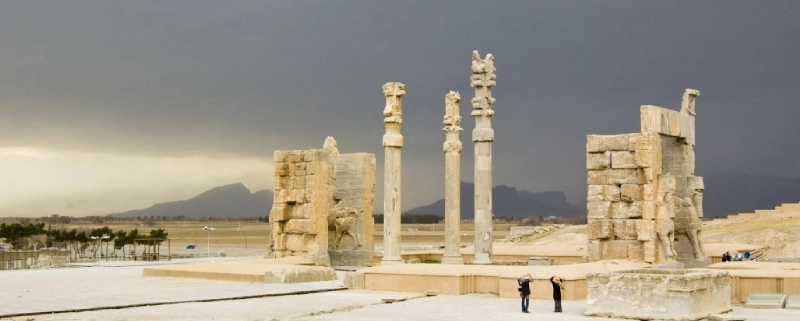
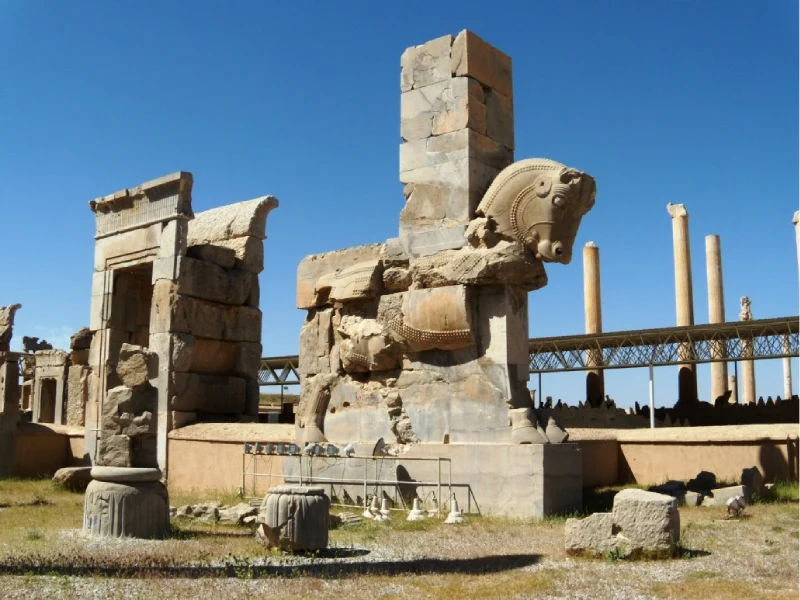
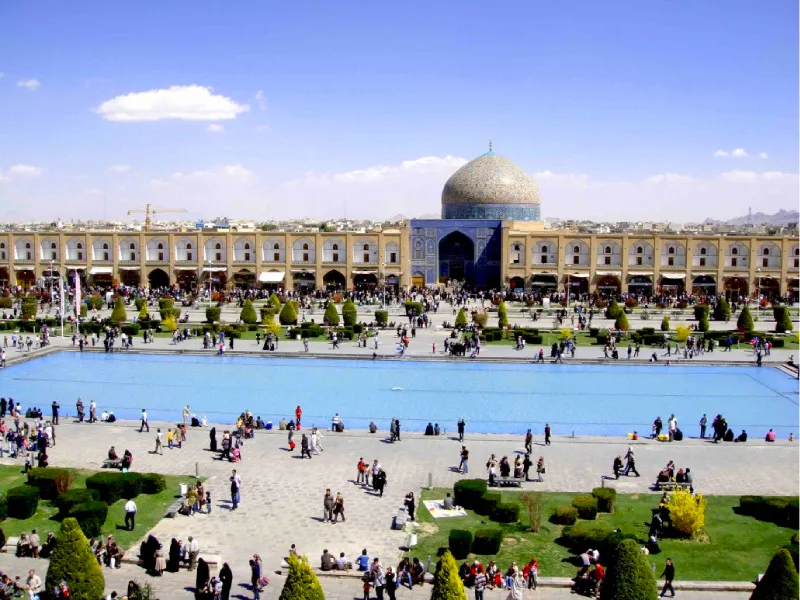
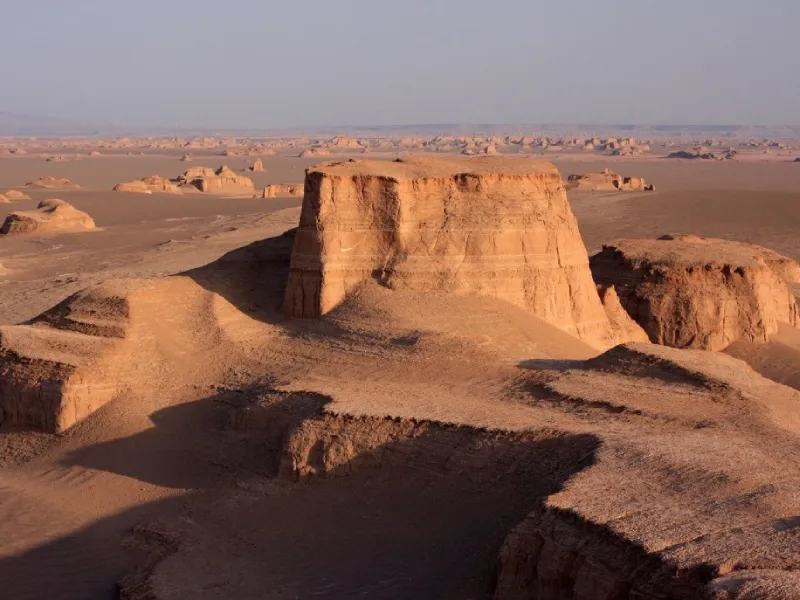
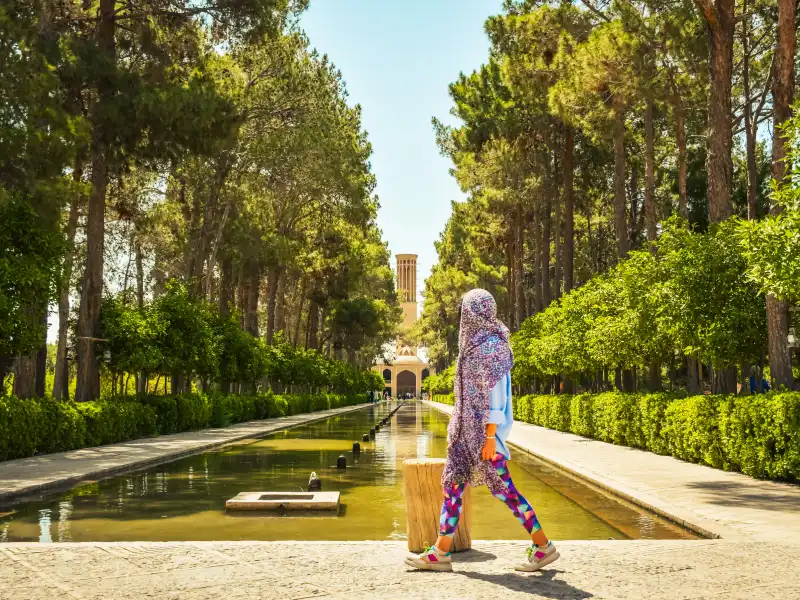

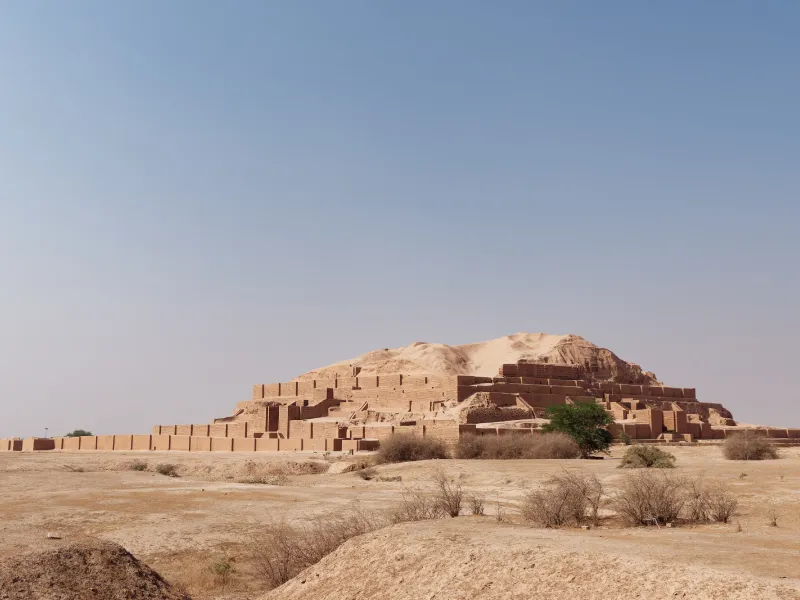


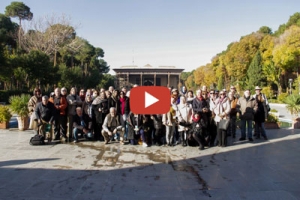


Leave a Reply
Want to join the discussion?Feel free to contribute!